Global warning over fungi ‘that could eat you from inside out’
An alert has been issued after a horrific new detail emerged about a deadly ‘superbug’, and it’s news no Australian wants to hear.

Health
Don't miss out on the headlines from Health. Followed categories will be added to My News.
Researchers have warned that a mysterious fungi that kill millions of people worldwide each year may soon spread significantly further – including in Australia.
In a chilling echo of the popular video game TV series adaptation The Last of Us – a post-apocalyptic story about survival in a world ravaged by a fungal infection – the fungi could soon spread across North America, Europe, China and Russia.
That’s according to scientists from Manchester University who used computer simulations to forecast how Aspergillus, a group of fungi that can cause a life-threatening lung disease called aspergillosis, may move globally.

The new Manchester University study, which has yet to be peer-reviewed, studied three pathogenic Aspergillus species: A. fumigates, A. flavus, and A. niger, under different climate scenarios.
A. fumigates was found to be more common in temperate climates, while A. flavus and A. niger dominate in warmer regions. According to future climate scenarios, all three species could shift north due to global warning, particularly under severe warming events. The use of fossil fuels could also speed the spread.
“Fungi are relatively under-researched compared to viruses and parasites, but these maps show that fungal pathogens will likely impact most areas of the world in the future,” lead author of the research Norman van Rhijn told news.com.au.
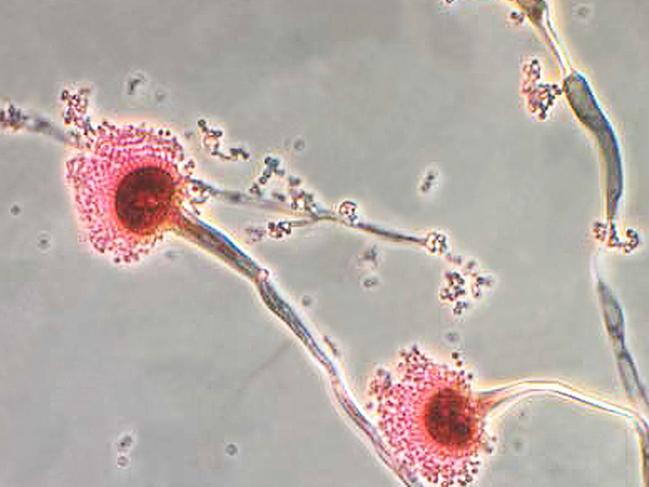
Impact on Australia
When it comes to how Australia will be impacted by the fungi, Dr van Rhijn said the nation should expect cases to climb, especially around coastal areas.
“The model predicts there will be a slight increase in suitability for Aspergillus flavus – as it mostly shifts from inland towards the coast (and therefore will be more closer to a lot of people),” Dr van Rhijn said.
“The other two species, Aspergillus fumigates and niger remain relatively consistent as they are most common in Australia along the coastal lines already and remain there.”

So what is Aspergillus and how deadly is it?
A group of living organisms that include moulds, yeasts, and mushrooms, fungi is all around us. Some types of fungi are useful – such as yeast used in baking – however others can cause severe infections in humans, livestock, and plants.
Fungi spreads in spores through the air that we breathe and lives inside our bodies as well as in the soil.
If the body’s immune system cannot clear the fungi spores it breaths in, the fungi “starts to grow and basically kind of eat you from the inside out, saying it really bluntly”, Dr van Rhijn warned.
He explained that fungi are decomposers or recyclers in nature and are extremely good at cleaning up organic material such as leaves falling from the trees or dead animals.
“They can obviously do the same to people when they come into contact. That means that people that are unable to effectively deal with the fungus through impaired immune systems or other diseases, are prone to have the fungus grow in them.”
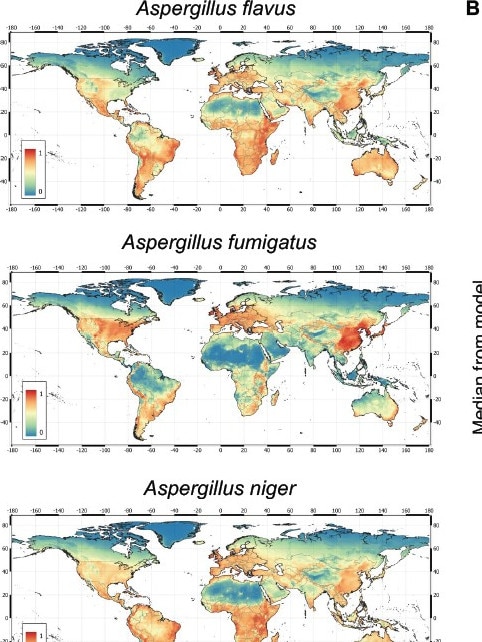
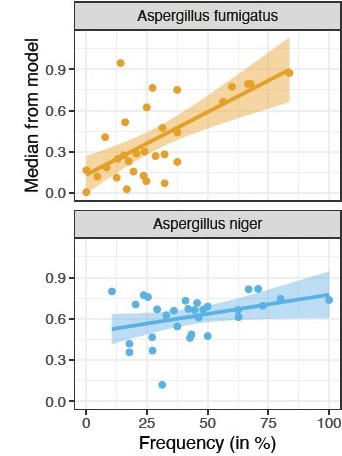
There is still a lot to learn about fungi, and more than 90 per cent types of fungi are estimated to be unknown to science.
They have a devastating impact. Globally, there are 6.5 million invasive fungal infections a year, associated with approximately 3.8 million mortalities. Of those deaths, 2.5 million are directly attributable to these infections, according to the International Society for Infectious Diseases.
An estimated 2.1 million people develop invasive aspergillosis annually, with a mortality rate of 85.2 per cent, while chronic pulmonary aspergillosis affects 1.84 million people annually, causing 340,000 deaths.
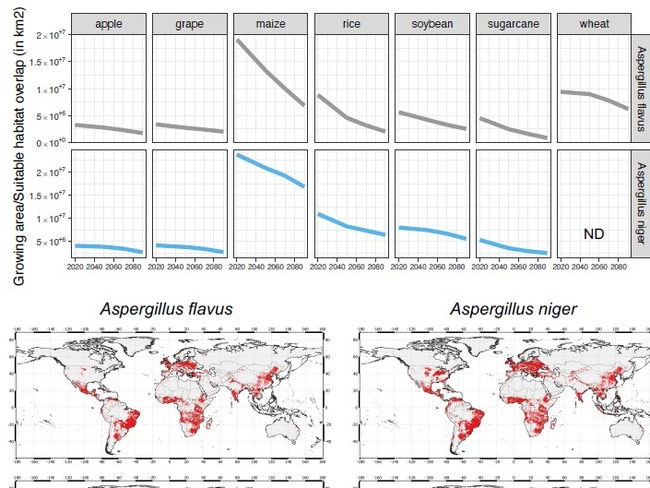
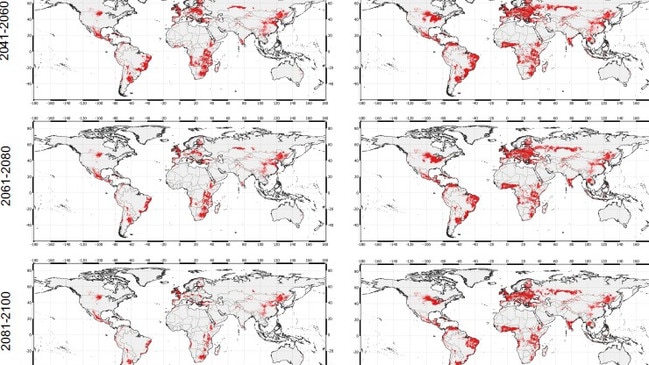
Those with weakened immune systems such as transplant recipients or those undergoing chemotherapy, and people with asthma, cystic fibrosis and COPD, are more vulnerable to the fungus.
“Fungal pathogens pose a serious threat to human health by causing infections and disrupting food systems.” Viv Goosens, research manager at Wellcome Trust, which funded the research, told Sky News.
“Climate change will make these risks worse. To address these challenges, we must fill important research gaps.”
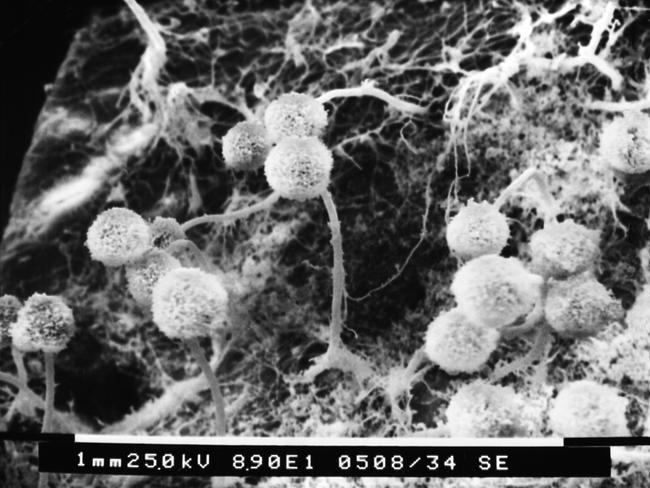
Results of the study
The study explored how the existing habitats that are suitable for the fungi could spread or shrink under different global warming predictions.
The world is on track to heat up by 2.6-3.1C, and the scientists found that even with 2C of warming, the fungi types Aspergillus fumigates and flavus would spread further northwards into the UK and Scandinavia.
Aspergillus fumigates could spread by 16 per cent – possibly increasing by 77.5 per cent by 2100. The fungus would likely die in southern Europe.
Meanwhile, Aspergillus niger could spread a further 10 per cent in Europe, while temperatures in Africa may become so high that some fungi would cease to exist.
Of further concern, a warming world could also boost the fungi’s temperature tolerance, allowing them to survive better inside people’s bodies.

‘Australians should be aware’
The fungi has been detected in Australia, with those around the nation warned to be on the lookout for symptoms.
“Although the term Aspergillosis may sound like a tongue twister, it’s something that all Australians should be aware of, particularly given our warm, humid atmosphere which is ideal for the formation of mould,” Australia Wide First Aid advises on its website.
“This bothersome infection, which is brought on by the common mould Aspergillus, can be rather serious, especially for people who have compromised immune systems or respiratory problems.”
It noted that Aspergillus, commonly found in our surroundings, grows best in environments with lots of organic matter such as dust in homes, soil, decomposing leaves, and compost.
In 2022, the World Health Organization added Aspergillus flavus to its critical group of fungal pathogens due to its public health impact and antifungal resistance risk.
Originally published as Global warning over fungi ‘that could eat you from inside out’




